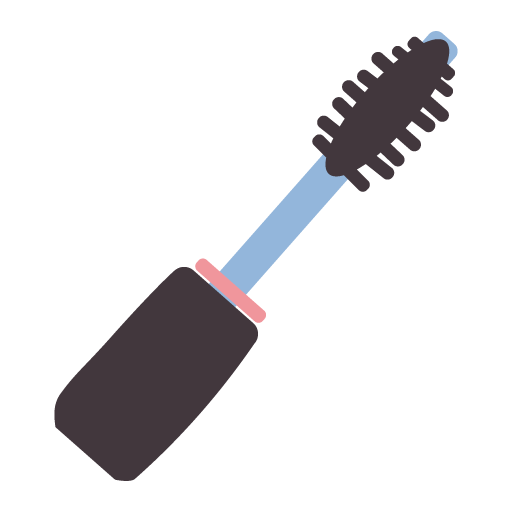Perfectly shaped eyebrows can transform a face, enhancing natural beauty and framing the eyes with elegance and precision. For brow artists, mastering the art of brow shaping is fundamental to providing clients with results that boost their confidence and complement their unique features. While brow trends evolve, the core techniques of shaping remain vital, combining artistry, anatomy, and technical skill. In this article, we explore the essential techniques every brow artist should know to achieve flawless brow shaping.
Understanding Facial Anatomy and Brow Structure is the foundation of expert brow shaping. Every face is unique, and a successful brow design must harmonize with the client’s bone structure, eye shape, and natural hair growth pattern. Brow artists must learn to analyze the face to determine the most flattering arch height, brow length, and thickness. For example, a high arch can open the eyes and create a lifted appearance, while a softer, straighter brow may suit a rounder face by elongating it. Taking precise measurements using tools such as calipers or the classic “golden ratio” method helps create symmetry and balance.
The next crucial step is mapping the brows. Brow mapping is a technique used to outline the ideal brow shape before any hair removal or enhancement begins. This involves marking key points: the start of the brow (aligned with the inner corner of the eye), the arch (usually above the outer edge of the iris), and the tail end (extending slightly past the outer corner of the eye). Proper mapping ensures the brows are symmetrical and customized to the client’s facial features, which is critical in achieving professional results and client satisfaction.
Tweezing, waxing, and threading are the primary hair removal methods used in brow shaping, each with its own advantages. Tweezing allows for precise removal of stray hairs and is excellent for detailed shaping. Waxing offers a quicker solution for removing larger areas of hair but requires skill to avoid over-waxing and skin irritation. Threading, a traditional technique using twisted cotton thread, provides clean lines and is ideal for sensitive skin. Mastery of these techniques is essential for brow artists to tailor their approach based on the client’s hair type, skin sensitivity, and desired outcome.
Another vital technique is trimming. Overgrown brow hairs can disrupt the shape and give a messy appearance. Using small scissors and a spoolie brush, artists trim hairs that extend beyond the natural brow line. This step is especially important when creating a polished, well-groomed look. Careful trimming enhances the overall shape without sacrificing fullness, which is a common concern among clients.
In addition to hair removal and trimming, shading and filling techniques are key to perfecting the brow shape. Many clients seek fuller, more defined brows, which can be achieved through brow pencils, powders, pomades, or semi-permanent makeup like microblading. Understanding how to blend color naturally and choose shades that complement the client’s hair and skin tone is crucial. The goal is to enhance the brows without making them look harsh or artificial. A skilled brow artist will create soft gradients, mimicking natural hair growth patterns for the most realistic results.
Symmetry and balance are recurring themes in brow shaping. Despite the natural asymmetry of human faces, brow artists strive to create brows that appear balanced and harmonious. This often requires subtle adjustments and keen attention to detail. Using mirrors and asking for client feedback throughout the process ensures satisfaction. Lighting and angles should also be considered, as brows may look different in various settings.
Finally, post-shaping care is an important aspect that brow artists should communicate to their clients. Aftercare instructions might include avoiding excessive touching, exposure to sun or heat, and applying soothing products to reduce redness or irritation. Educating clients on how to maintain their brows between appointments can prolong the results and foster trust and loyalty.




